It is always nice to have all the necessary finishing details looking clean and attractive when it comes to house remodeling. For flooring and baseboard projects, one of the questions that often comes up is if they need a quarter round and what should it match with? Fortunately, we've looked into this topic and in this post, we'll dive deeper into quarter rounds and their uses.
When it comes to molding, one of the most often asked questions is where should it match? For quarter rounds, the choice ultimately lies in your personal preference. Quarter rounds sometimes match the floor's color if it is laid on top of hardwood floors. On other occasions, it can match the baseboard or the cabinets for a cleaner, seamless look.
We know that the answer as to where a quarter round should match sounds quite vague. Fortunately, we're giving you some great ideas on redesigning your space with quarter rounds. Keep reading because we will also be sharing with you tips on using quarter rounds, as well as how you can install them in your own home project.
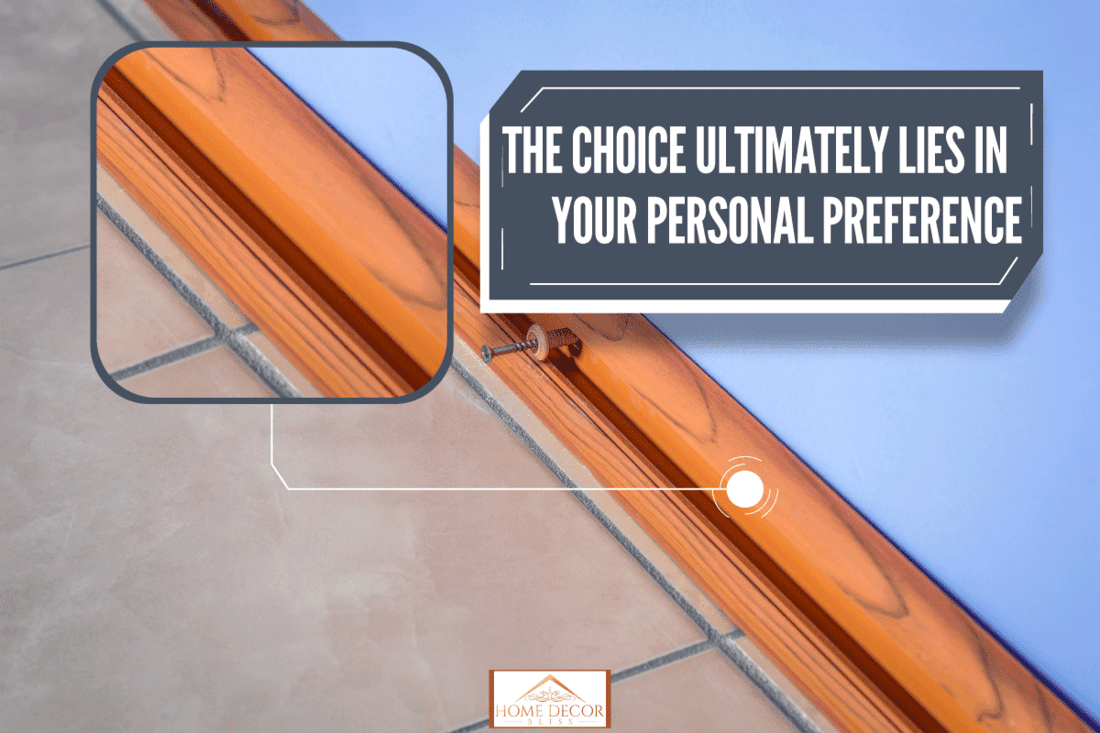
Quarter Round Coordination: Should it Match the Floor, Baseboard, Or Cabinets?
In many home renovations, one of the most important parts of the project is ensuring that the finishing touches match the look that you are aiming for. Typically, this includes the room's paint, stains, and moldings. Before a project is truly completed, many people often wonder how to seamlessly match the moldings with the floor or the walls.
One of the most popular moldings used is the quarter round. A quarter round is another molding style that is used to cover up gaps between the baseboard and the floor. It's a smaller piece of trim molding that typically cleans up the look by covering up imperfections after baseboard installation.
If you are planning to install quarter rounds for your project, you've probably wondered where this additional molding should match.
- Should they match the floor, since the quarter-round molding is laid on top of it?
- Or should it match the baseboard to which the molding is connected?
- Or should it match the cabinets so that they all look cohesive?
It depends on your personal preference. Trim is made to accentuate these areas while hiding imperfections. Depending on the look that you are going for, you can match the quarter round to either the floor, the baseboard, or the cabinets.
We sometimes add affiliate links and content that was curated and created by our team with the help of advanced ai tools to help showcase the best design styles.
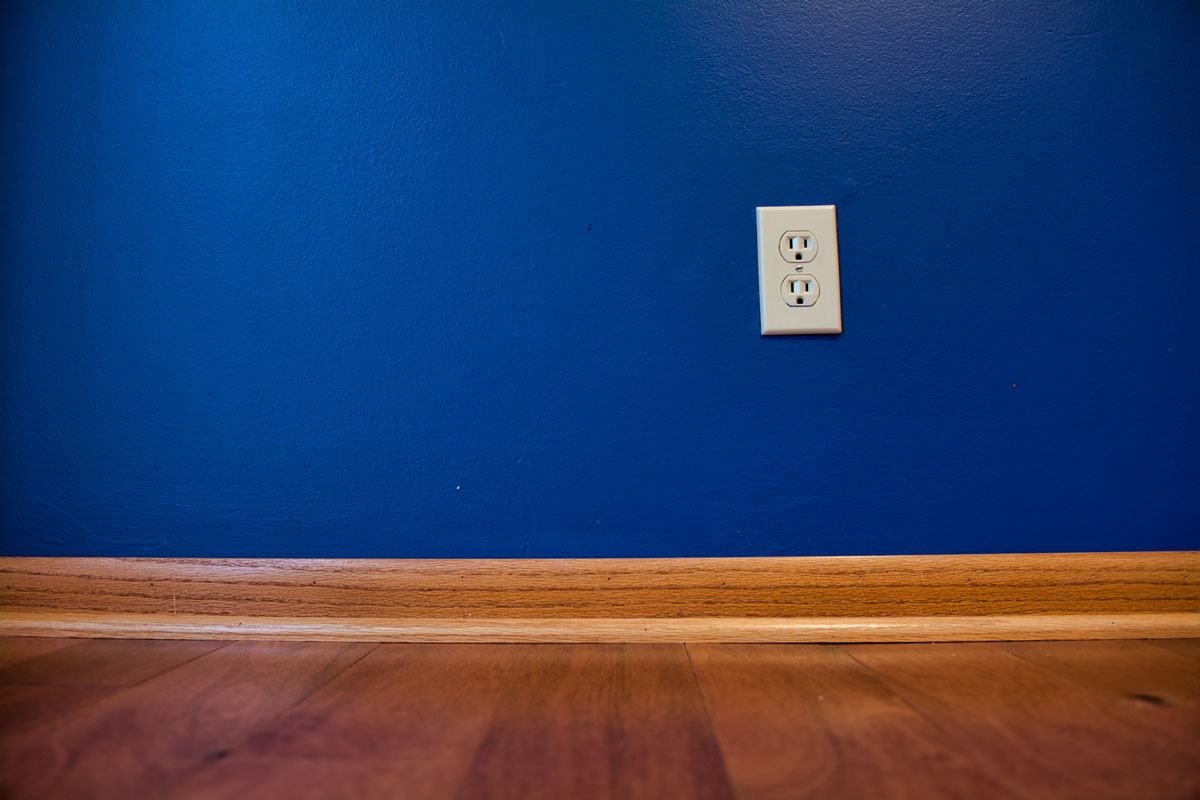
Quarter Round Matching Floor
Some design professionals prefer matching the quarter round to the floor, especially hardwood floors. This is because it's a lot easier to match the floor and the trim's stain to create a flawless look. However, some might argue that the style looks quite dated, and the look isn't as popular as it used to be.
Quarter Round Matching Baseboards
Others prefer that the quarter round should match the baseboards because it creates a cleaner, more seamless look. Since quarter rounds are also moldings, it is only proper to match them with the baseboard for continuity. This look also makes your moldings look cohesive from the walls down to the floors.
Quarter Rounds Matching Cabinets
If you are using quarter rounds for the ceiling trim right above the cabinets, it is better to match it with the color of your cabinetry. While you can choose different colors for the cabinets and the trim, matching the two makes it look better, and it gives a more cohesive look to the space.
Is A Quarter Round Different From A Shoe Molding?
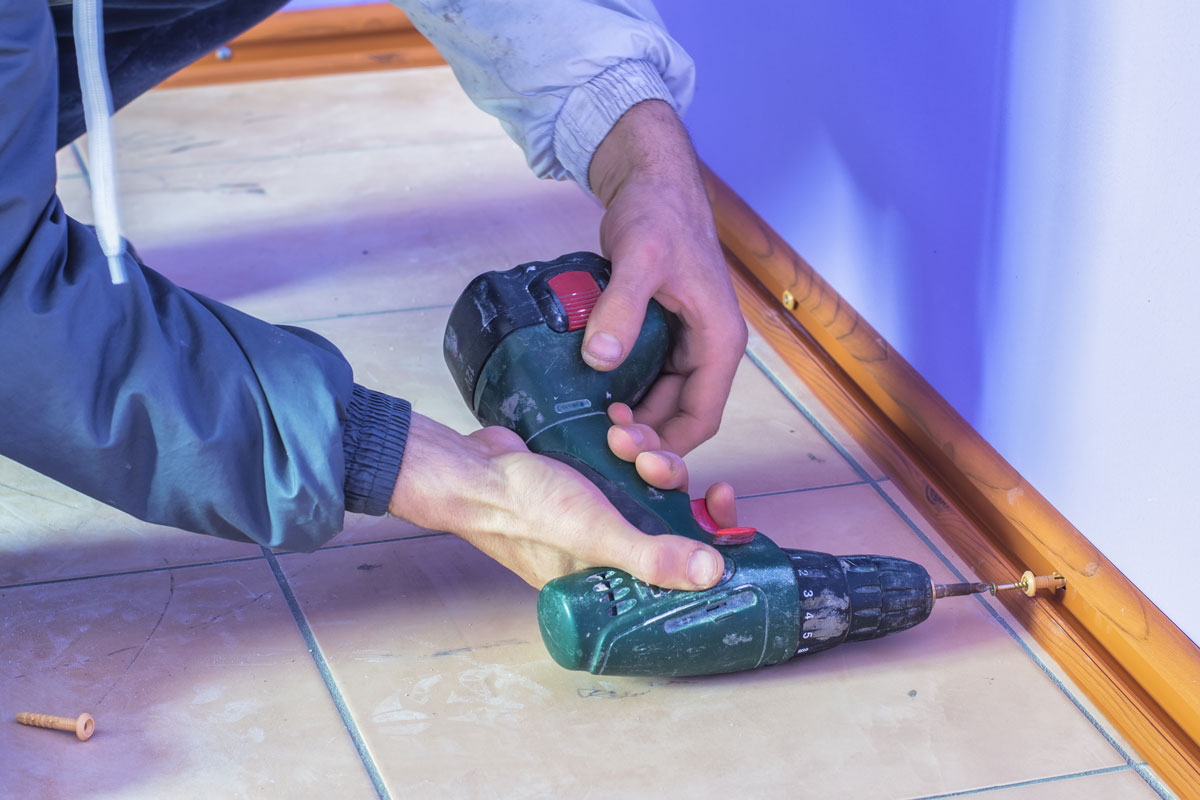
Most of the time, people often confuse quarter rounds with shoe molding. Although they do the same functions, these two trims are different in look and style when placed along a baseboard.
A quarter round is true to what it is named after—an exact quarter of a round shape. This molding is a little wide and chunky, which is why a lot of professionals like using this to cover gaps between the baseboard and the floor.
Shoe molding, on the other hand, is a slimmer, more decorative trim that you can add to the bottom of your baseboards. You might also find shoe molding that looks very similar to a quarter-round molding, but it is a lot thinner and narrower, with the front edge looking a little flat. This gives the shoe molding a squarer profile than a quarter-round molding.
When Should I Use Quarter Round?
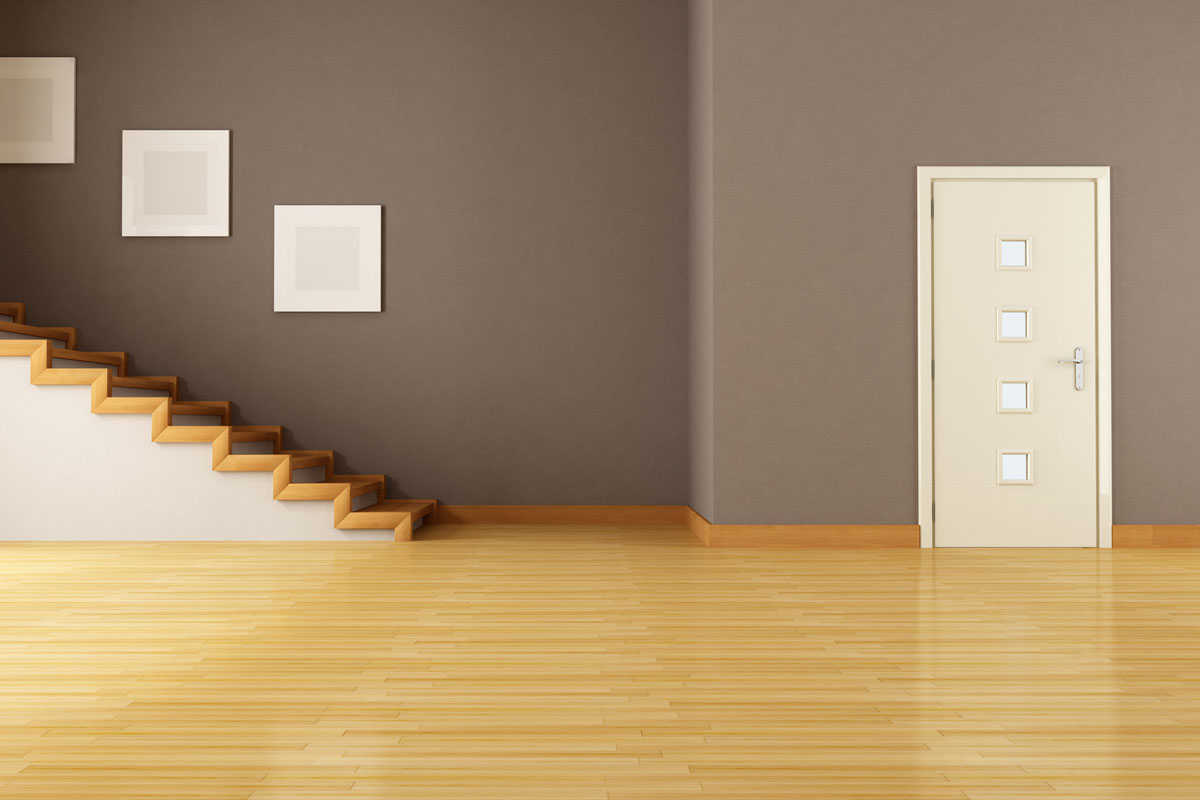
After installing the baseboard trim, you will often find small gaps and imperfections despite installing it as flush as you can to the floors. Some people are okay with these gaps, but they tend to allow dirt and debris to collect between the empty spaces. This is where a quarter round can save you from all that unnecessary cleaning.
Quarter rounds are bigger, which is why they are best used if you have large gaps between the baseboard and the floor. If the gaps are unlikely to be covered by the slimmer shoe molding, this is your best choice in patching up these problematic areas.
You should also use a quarter round if you have high walls and the baseboards are large. Because of the height of the baseboard, the larger quarter round looks more proportional to the previously installed trim. It will make the bottom part of your molding look cleaner, and not like it was just added as an afterthought.
What Materials Are Quarter Round Molding Made Of?
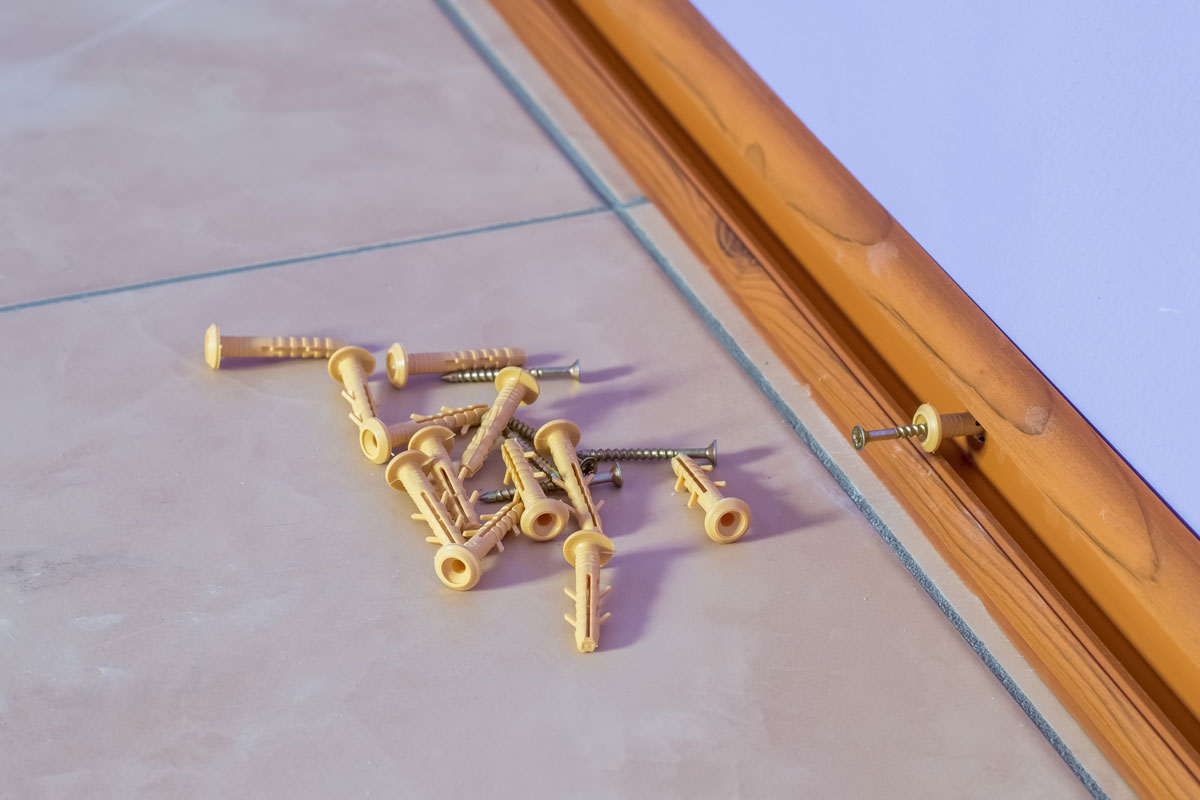
When shopping for quarter-round molding, you will typically find them made up of different materials. In most hardware stores, you will find quarter-round molding made of wood, MDF, or PVC.
Wood
If you plan to go for a solid wood look for your baseboards and walls, then go for a set of wood quarter-round molding. This type of quarter round is generally the most expensive, but it is easier to match them with the hardwood floors, especially if you are planning to stain them.
MDF
MDF quarter-round molding often comes in white or pre-painted variants. Some MDF moldings are also covered with wood patterns, which makes them simple to install.
PVC
If you are looking to put quarter-round molding that will resist mold, mildew, and moisture, then the PVC quarter-round should do the trick. This type is a lot cheaper than wood, but it does hold up to water better than its counterpart.
How To Install Quarter Round Molding
Installing quarter-round molding to your baseboards is quick and simple, and it generally takes no longer than an hour to complete an entire room. The installation is the same for both shoe molding and quarter-round molding, so you can use the same steps for whichever trim you choose.
Materials Needed:
- quarter round molding
- hammer (or Brad nailer)
- finishing nails
- nail setter
- acrylic latex caulk
Instructions:
1. Cut the quarter round according to the size that you need. If you are installing the quarter-round molding to a corner, use a miter saw blade to cut it at a 45° angle.
2. Test the piece if it fits the space nicely. Make sure that the quarter round sits flat against the floor and not against the baseboard.
3. With the quarter round flat against the floor, position your nail at a slight angle to nail the molding onto the baseboard. Carefully hammer the nail on the molding, but don't drive it completely to avoid dents.
4. Using a nail setter, gently pound the hammer on the nail set until the nail's head is flush against the molding. Don't rush to prevent denting and marking the molding.
Get this nail setter on Amazon.
5. Alternatively, you can use a Brad nailer to drive the nails directly on the molding.
Check out this Brad nailer on Amazon.
6. Space the nails 16 to 24 inches apart, depending on the length of the molding you are installing.
7. After nailing the molding to the baseboard, fill in the gaps using an acrylic latex caulk. Smoothen the caulk using your finger and some paper towels. Wait for it to dry.
Grab this acrylic latex caulk on Amazon.
8. Cover all the gaps and dents caused by nailing using the sealant. Wait for it to completely dry.
Final Thoughts

It's a little unnecessary, but quarter rounds make your trim work look beautiful and ensure that the gaps and imperfections of the baseboards will be completely hidden. Depending on your preference, you can match your quarter round to the baseboard or the floor for that clean, cohesive look that will definitely look beautiful in your space.
Are you looking for more information about quarter rounds for your home renovation project? We've got some great articles that might interest you:
Should You Glue Or Nail Quarter Round Molding?
What Size Brad Nails for Quarter Round?



